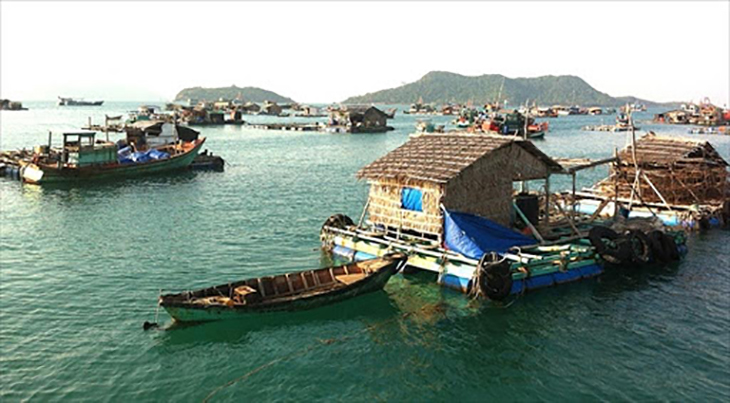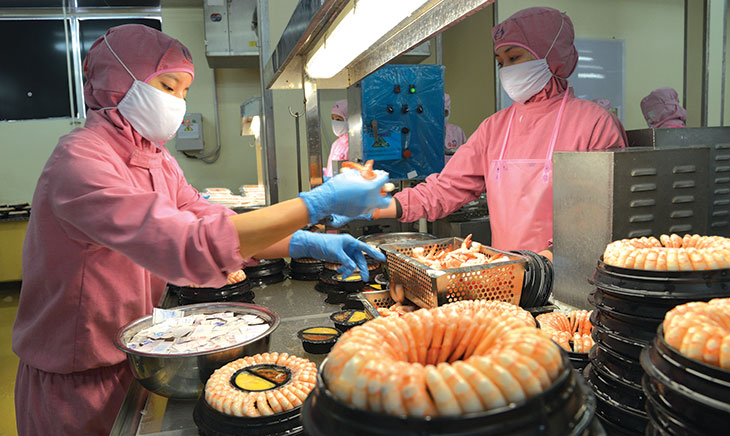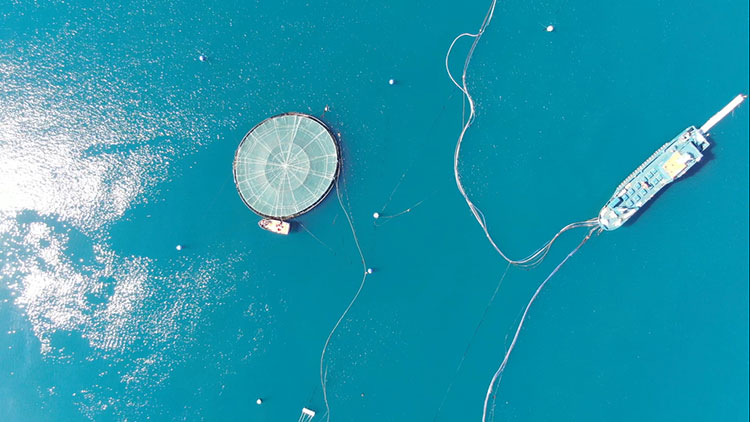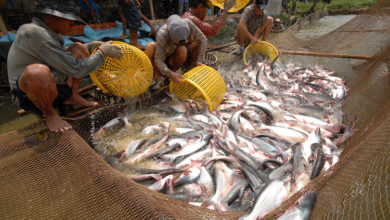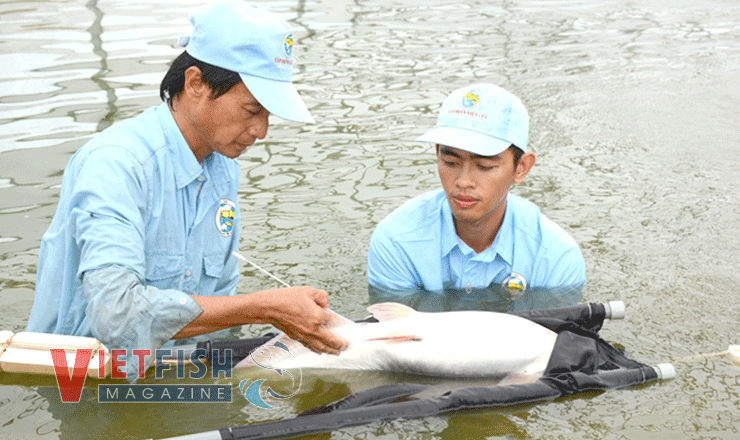Enhance shrimp immunity with yeast additive from Enzym Feed Solutions
Introduction
Enzym Group is one of the most resilient biotech companies in Eastern Europe. It is a Ukrainian company with 30 years of experience in producing yeast-based solutions for the bakery, food, alcohol, and feed industries. Today, the company exports nearly 50% of its products to 23 countries across Europe, Asia, and Africa.
Enzym Feed Solutions, one of our key business divisions, offers natural feed additives made using innovative yeast cell processing methods, designed to promote healthy feeding and enhance farm economic performance.
https://www.linkedin.com/showcase/enzym-group-feed-solutions/?viewAsMember=true
Our dedicated in-house R&D center allows us to continuously explore the potential of yeast cells and develop safe, efficient solutions for animal feeding, while reducing the need for antibiotics.
A recent exciting development from R&D center is the EnzActive Protein Powder. Enzym Group cooperated with ShrimpVet to run a trial to identify the effectiveness of EnzActive Protein Powder against Vibrio parahaemolyticus. These bacteria cause EMS/Acute Hepatopancreatic Necrosis Disease in Penaeus vannamei (white-leg shrimp).
Previous studies show that S. cerevisiae has been the most commonly used yeast in aquaculture, particularly for its health-stimulating effects in various cultured species. Most of the research studies carried out in fishes and crustaceans have confirmed that S. cerevisiae and its cellular components (β-glucan, mannaoligosaccharides, glucooligosaccharides, enzymes) improve growth, morphology and physiology of the host digestive system and also immune responses. The use of S. cerevisiae allows to replace the use of antibiotics, generating an eco-friendly methodology for disease management.
Description of EnzActive Protein Powder
A prebiotic feed supplement with antioxidant and absorptive properties. EnzActive Protein Powder (unique Saccharomyces cerevisiae) strain is grown using specially developed technology that provides exceptionally high natural antioxidant action.

Figure 1: EnzActive Protein Powder
EnzActive Protein Powder cell walls contain beta-glucans, mannan-oligosaccharides, and chitosan. EnzActive Protein Powder had beneficial impacts on cultured species such as improving performance and overall health, reducing the impact of toxins and pathogens, natural solutions to feed efficiency and exhibits antioxidant action and strengthening natural protection.
EnzActive contains 18 amino acids. These organic compounds make it so unique and highly effective feed additive in aquafeed. Below is a table showing different amino acid components in EnzActive Protein Powder.
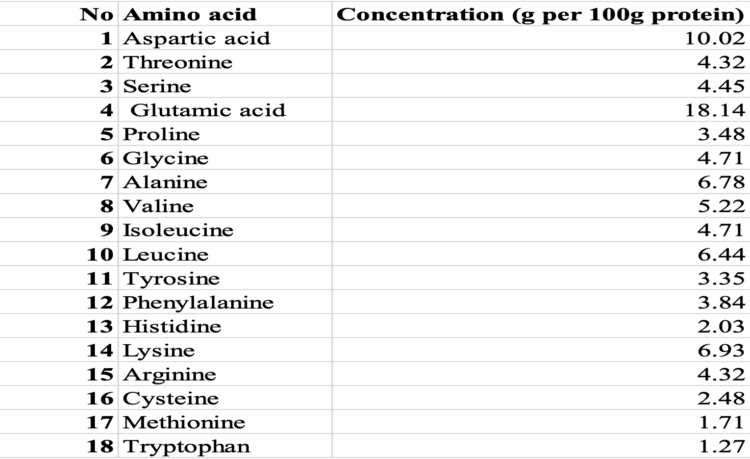
Important to note:
EnzActive Protein Powder contains components of cell walls – glucans, mannans, proteins and chitosan; intracellular content is rich in biologically active substances, including amino acids, trace elements, precursors for vitamin synthesis, B vitamins and glutathione.
Glutathione (L-γ-glutamyl-L-cysteinyl-glycine) is a biologically active tripeptide. It consists of γ-glutamic acid, cysteine and glycine residues. The role of glutathione in enzyme composition is that it is a major reducing agent and is easily oxidized. As one of the most important components of the antioxidant system, glutathione, as well as glutathione peroxidase and glutathione reductase (enzymes), speed up biochemical reactions in both physiological and pathological conditions.
Trial Design
Enzym Group and ShrimpVet conducted a trial to evaluate the efficacy of EnzActive Protein Powder on tolerance against Vibrio parahaemolyticus (causing acute hepatopancreatic necrosis disease (AHPND) on penaeid juveniles (Penaeus vannamei) in laboratory condition in Ho Chi Minh City – Vietnam (period to add).
ShrimpVet, first conducted a pretrial experiment to determine the optimum or best amount of EnzActive Protein Powder to use for optimum results in the trial. ShrimpVet produced 4 experimental diets containing 0; 0.5; 1.0; 2.0 g/kg EnzActive Protein Powder. All diets were produced by extruding method, and two kilograms of feed per treatment were produced. The pre-trial results indicated that the inclusion rate of 0.5g/kg EnzActive Protein Powder in shrimp diets potentially improved tolerance against AHPND of penaeid juveniles (Penaeus vannamei).
The trial comprised of an adaption period of 2 days, 20 days of pre-challenge, 1 day of the challenge, and 10 days of post-challenge to evaluate the immune response and survival rates of experimental shrimp. Two experimental diets were formulated including a control diet (without test product) utilized for 2 control groups (Negative control and Positive control), and 1 Treatment diet containing 0.5g/Kg EnzActive Protein Powder. A group of 25- experimental shrimp with an average size of 1.08 ± 0.03 grams was stocked in each 120L tank. The trial consisted of 3 groups with 3 replicates per group, including one Negative control, one Positive control, and one Treatment T1 (0.5g/Kg EnzActive) as shown in Table 1 below.
| No. | Treatment | Treatment Factor | Treatment Diet | Disease Challenge |
| 1 | Negative Control | No | Basal Diet | No
(Sterile TSB+ only) |
| 2 | Positive Control | No | Basal Diet | Yes/AHPND (Immersion) |
| 3 | Treatment T1 | Yes | EnzActive Protein Powder (0.5g/kg) | Yes/AHPND (Immersion) |
A challenge dose with a lethal dose of 50-70% (LD50-70) was applied in this challenge study.
Results
The application of EnzActive Protein Powder showed an improved effect on tolerance against AHPND in penaeid juveniles (Penaeus vannamei). Specifically, the survival rate of treatment T1 (EnzActive Protein Powder (0.5g/Kg) was 42.86% higher than that of Positive control as shown in Figure 2. The shrimp in Treatment 1 (EnzActive Protein Powder 0.5g/Kg) showed a consistently high tolerance against AHPND during the post-challenge and the tendency of this finding was most evident at 58 hours of post-challenge. A 42.86% increase in survival rate is statistically significant and this means the incorporation of EnzActive Protein Powder during feed formulation can make a big difference in improving survivability of farmed shrimp.
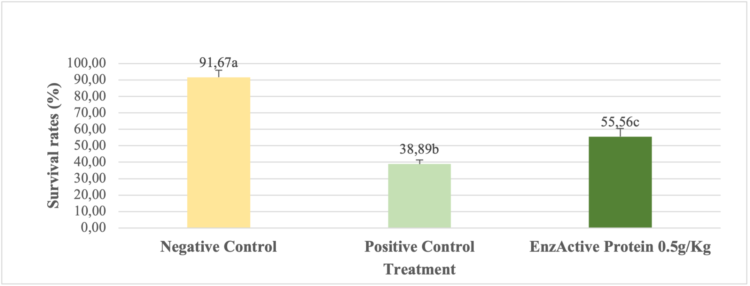
Figure 2: Survival rates of shrimp on the 10th day of post-challenge (Values are presented as Mean ± SD; n=4; P < 0.05).
Photos (healthy and disease-infected shrimps)
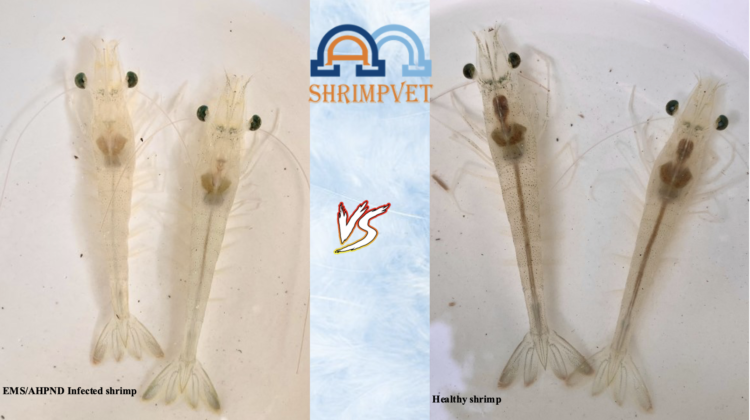
Figure 3: Shrimp with EMS/AHPND (Left) compared to healthy shrimp (Right)
(AHPND-affected shrimps as shown in Figure 3 normally exhibit lethargy and display erratic swimming behavior. They also show signs such as anorexia, slow growth, an empty digestive tract, and a pale white hepatopancreas). The healthy shrimp on the right shows healthy shrimps after the dietary EnzActive Protein Powder supplementation experiment period, gut visible with feed and clear hepatopancreas organ).
Histology Results Photo
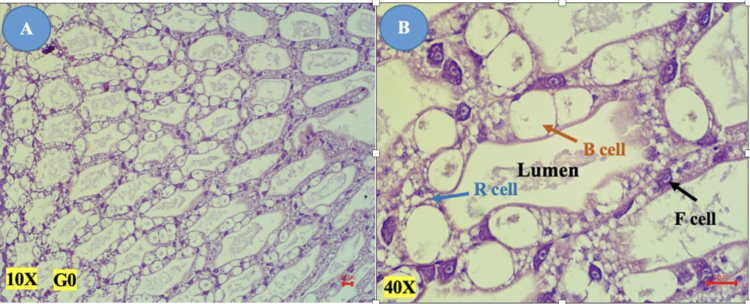
(Histology sections of the normal hepatopancreas at 10X objective (A) and 40X objective (B) with B cells with a large vacuole, R cells with lipid droplets and F cells).
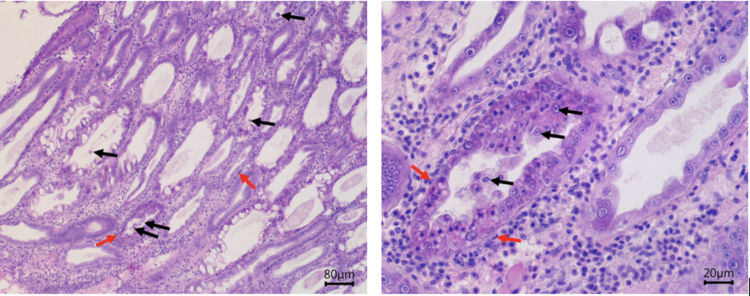
(H&E stained HP tissues of an infected shrimp with Vibrio parahaemolyticus causing EMS/AHPND, HP tubules exhibiting sloughing HP cells (Black arrow) and hemocyte infiltration (Red arrow).
What next ????-Shrimp farm demo trial!!!
After this laboratory trial, ShrimpVet and Enzym Group plan to conduct an outdoor trial, in a model P. vannamei grow-out ponds to evaluate the performance of shrimp-fed EnzActive Protein Powder dietary supplementation, specifically on their growth performance.
The shrimp farming sector will benefit highly, from this sustainable and unique Іproduct when made available to farmers.
See you soon for the next research output release from Enzym Group and ShrimpVet.
To find out more about EnzActive Protein Powder and other products, please write to us at <feed@enzym.com.ua>


